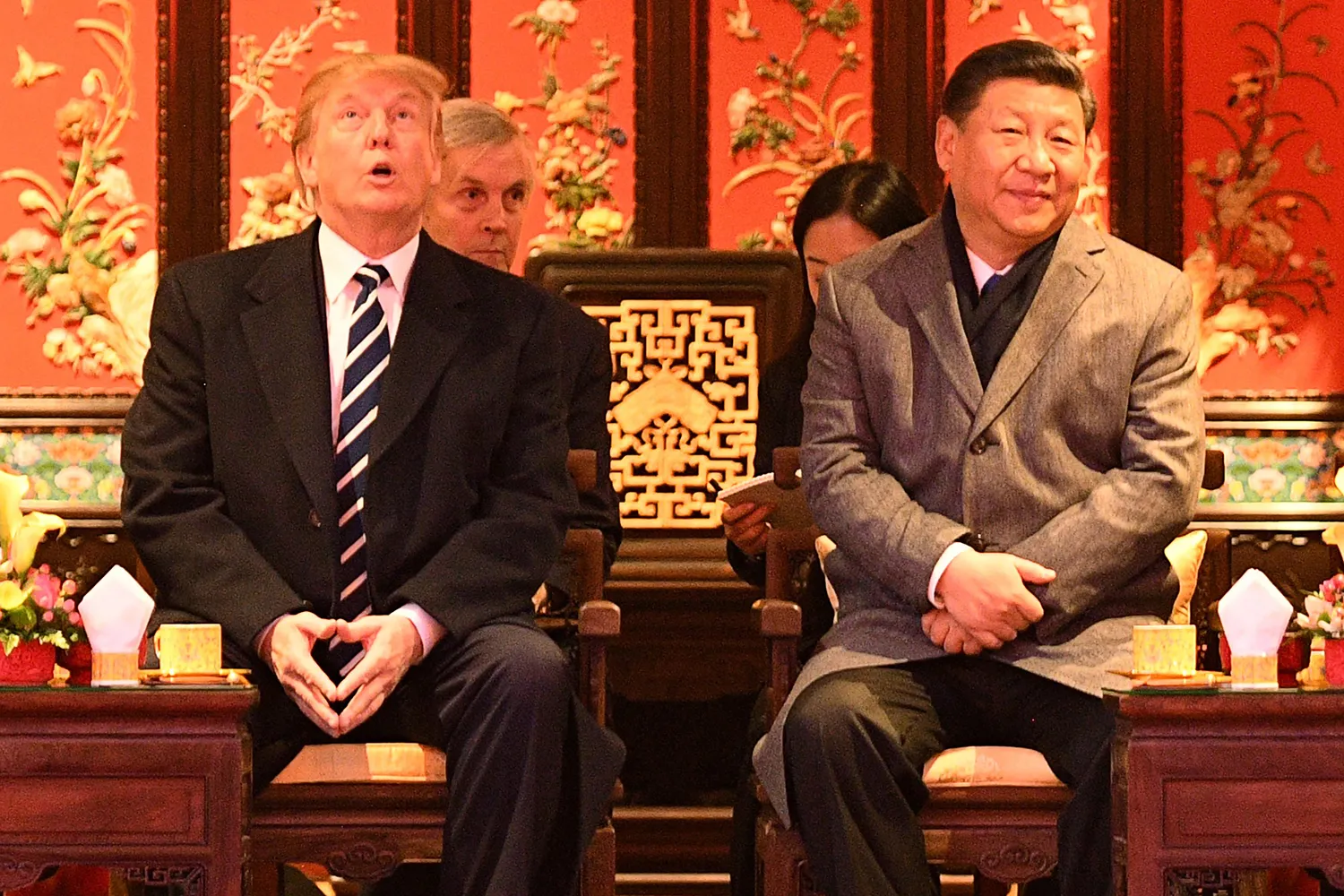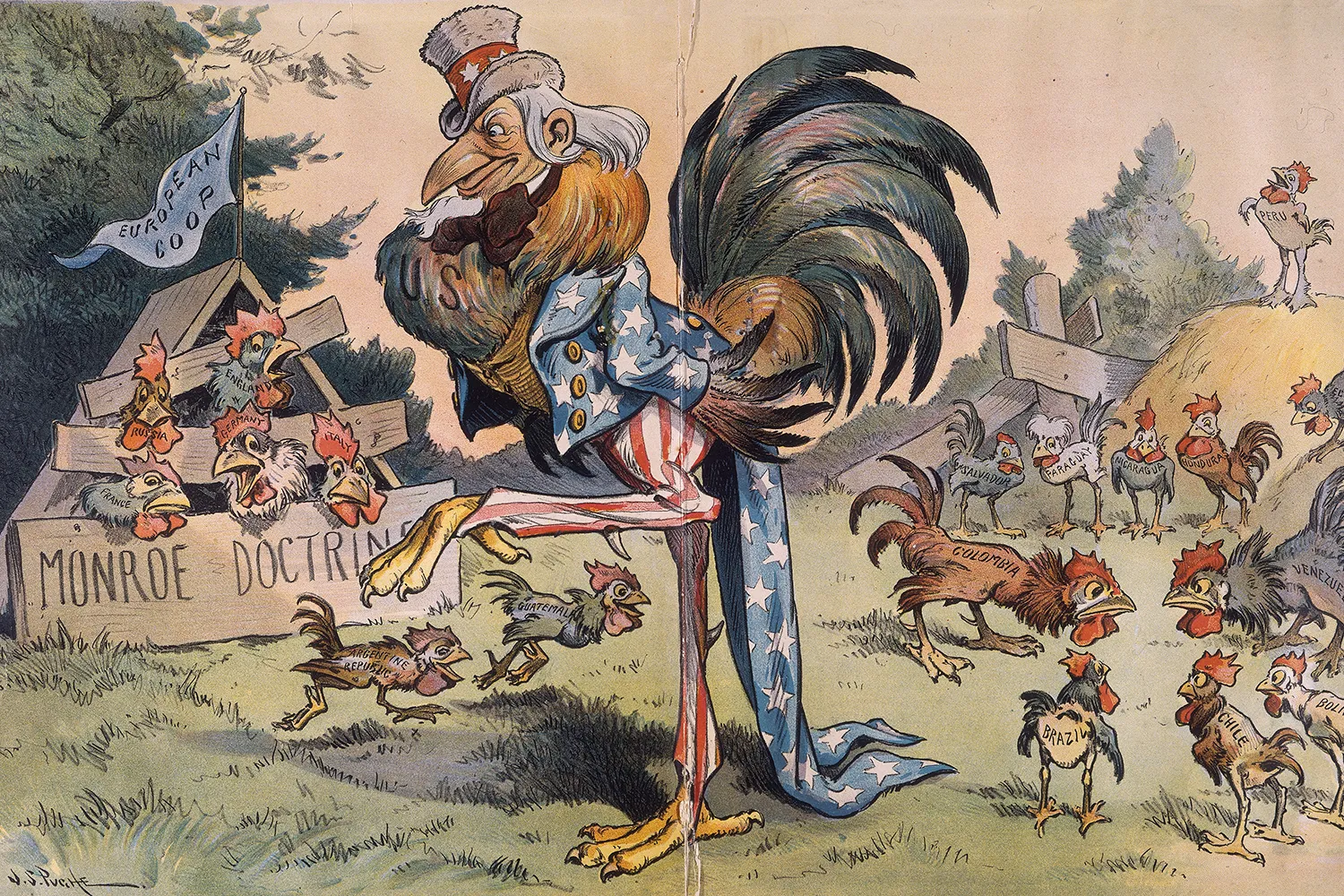In 1885, Europe’s colonial powers signed the General Act of Berlin, which formalized a plan to carve up Africa. That international agreement included the first reference to a “sphere of influence”—a concept that would go on to drive international relations through much of the 20th century.
The spheres-of-influence approach to grand strategy largely fell out of public discourse at the end of the Cold War, a time of great hope for globalization and multilateralism. But now, many analysts argue that under the second Trump administration—not to mention the regimes of Russian President Vladimir Putin and Chinese President Xi Jinping—it is back with a vengeance.
This edition of the Reading List considers the return of hemispheric ambitions and the renewed emphasis on geography in foreign policy, as well as the possible consequences of this shift in strategic thought.

Spheres of Influence Are Not the Answer
Even if the great powers could carve up an interconnected world, Washington may not get the result it wants, Sarang Shidore writes.

Trump’s New Map
America’s first post-literate president has only geography to fall back on, Robert D. Kaplan writes.

The 20th Century’s Lessons for Our New Era of War
Once again, Eurasian autocracies seek to upend the balance of power, Hal Brands writes.

Asia Is Getting Dangerously Unbalanced
The Trump administration continues to create headlines, but the real story may be elsewhere, FP’s Stephen M. Walt writes.

The Return of the Monroe Doctrine
U.S. responses to China’s growing presence in Latin America risk falling into an old paternalistic pattern, Tom Long and Carsten-Andreas Schulz write.
The post A Return to Spheres of Influence? appeared first on Foreign Policy.




